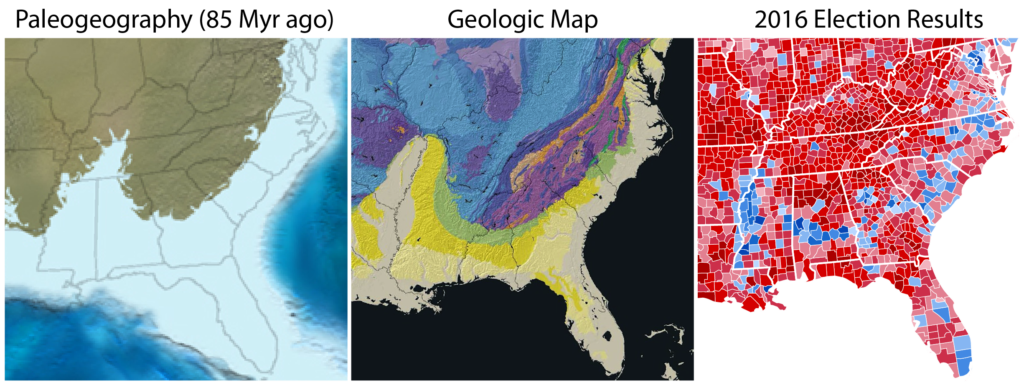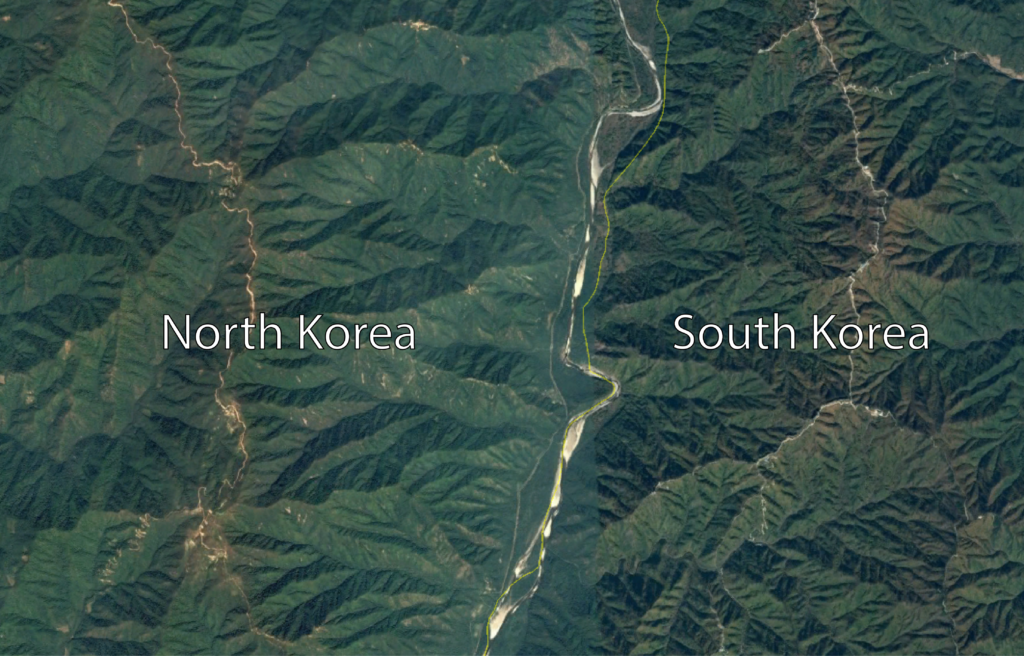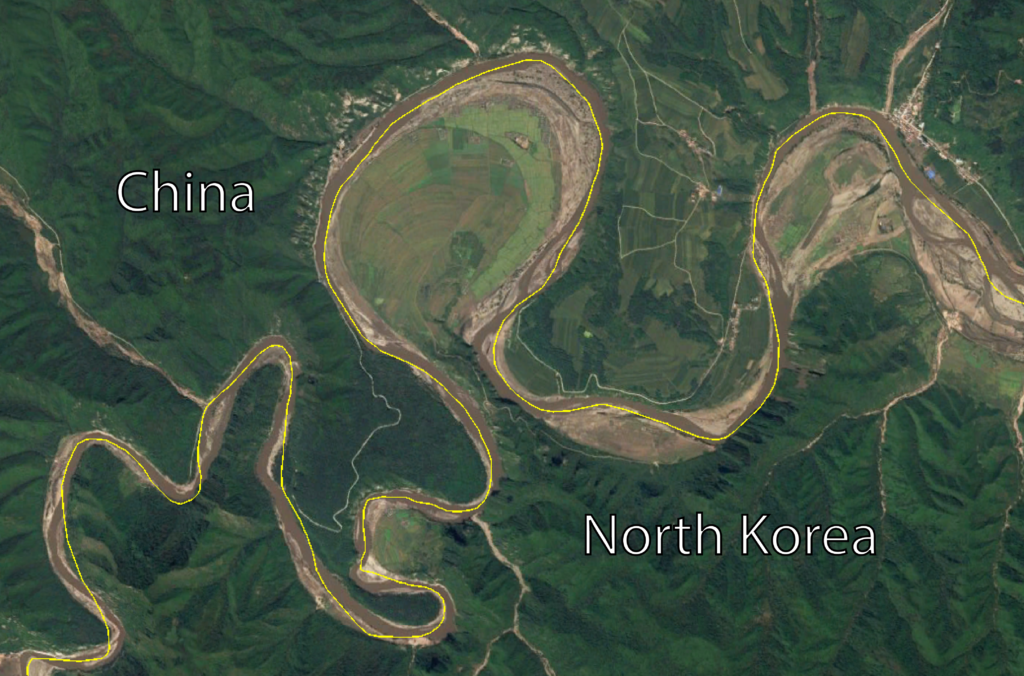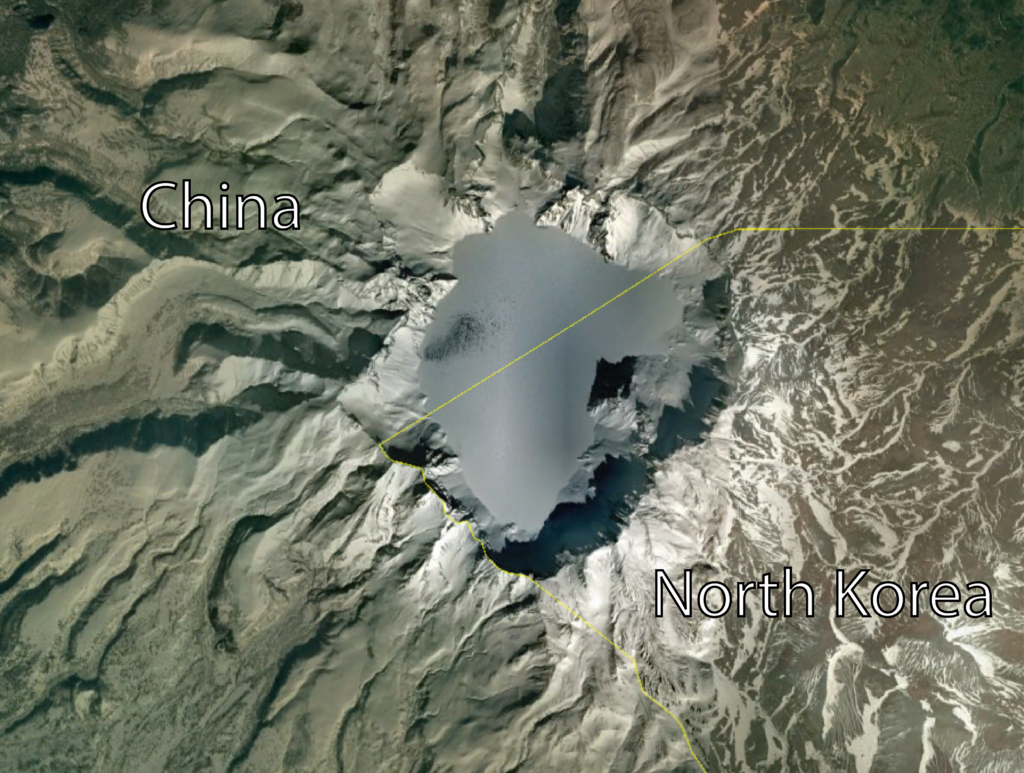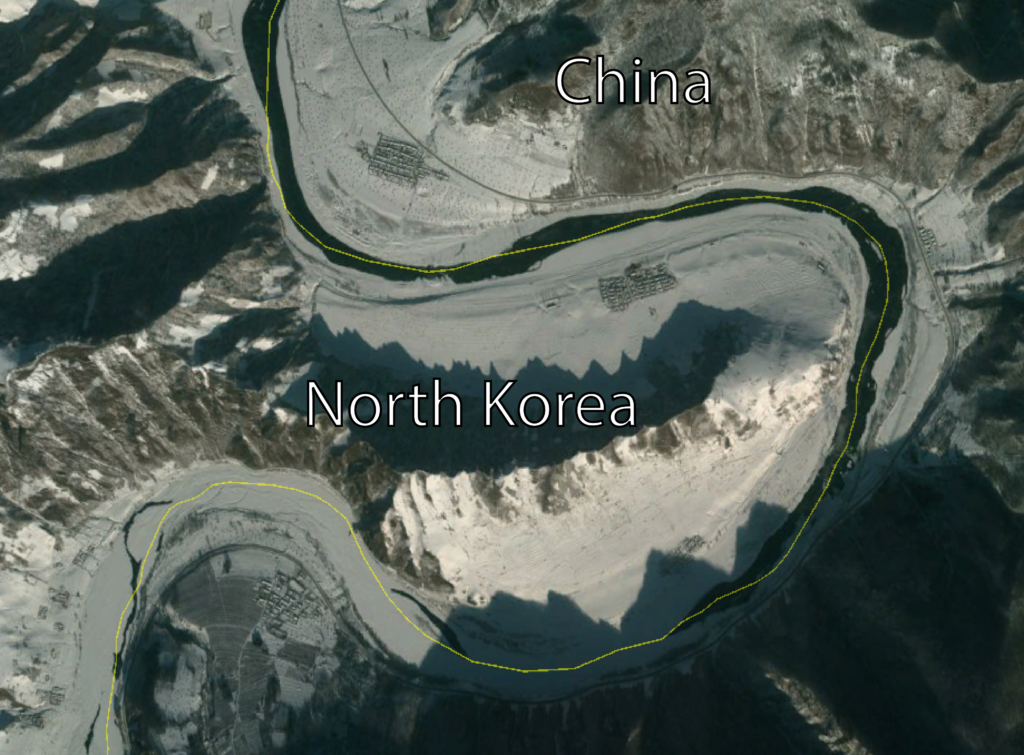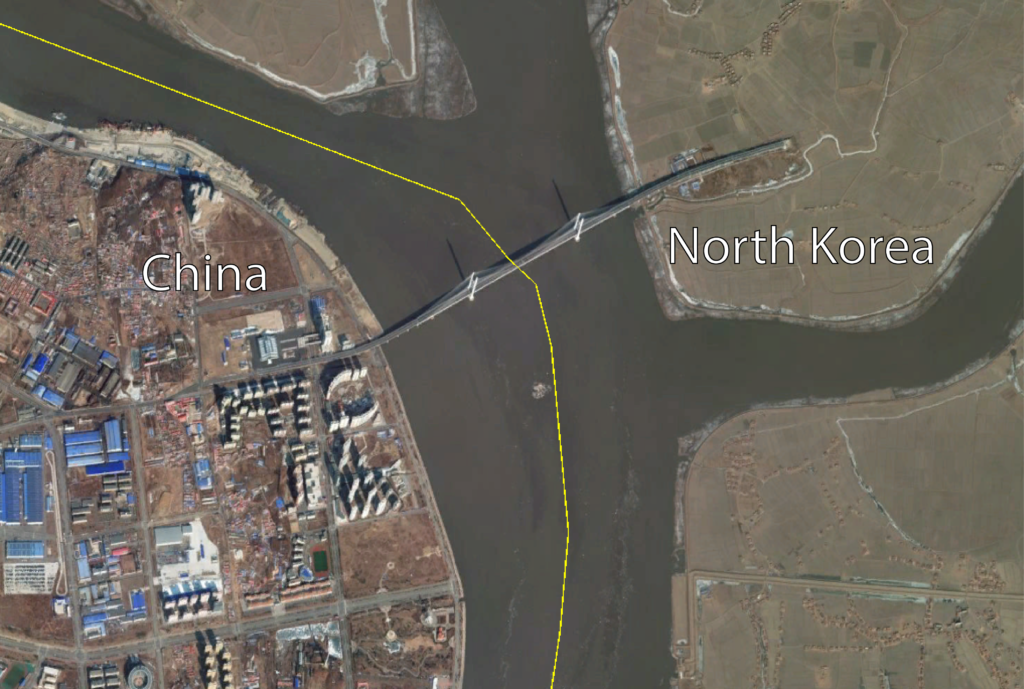With all the news and intrigue about North Korea, I found myself curious as to the geographic and geologic context for the current geopolitical situation. For over 2000 years the Korean Peninsula has been fraught with political and military upheavals. Even the fundamental division currently present between North and South Korea has been present in some form for the at least two millennia. In a gross oversimplification, one could chalk this long-term political discord between the south and the north to differing ideologies whether those be religious, political, familial, or cultural. Curiously, the shifting political boundaries between the two have roughly coincided with the Imjingang Belt which is a major suture zone between the northern and southern portion of the peninsula. Is there a correlation? Perhaps not, but it is fun to speculate.
Geology of the Korean Peninsula
The bulk of the Korean Peninsula is composed of 1.8 billion-year-old metamorphic rocks that most have speculated are correlated to similarly-aged rocks in China. The Imjingang Belt dividing the northern and southern peninsula is correlated by many with the billion-year-old Qinling-Dabie-Sulu Belt. If this is correct, it implies that the geologic boundary that now approximates the political boundary has been a fundamental barrier for over a billion years. Superimposed on these Precambrian massifs are a series of Mesozoic and Cenozoic igneous rocks related to the early history of the subduction zone now off the east coast of Japan.
Where Geography Meets Politics
There are a number of other correlations that have been made between geography and politics. One of the most I have seen stark is the correlation between geology and voting patterns in the southeast United States. Steven Dutch, a researcher at the University of Wisconsin pointed out a correlation between the percentage of the population who voted democrat in 2000 with the band of Cretaceous sedimentary rocks that were deposited along an ancient continent shelf (here). This pattern has held true arguably since the before the American Civil War even to the most recent election.
Even in 1984, when Ronald Regan (a republican) won with a whopping 98% of the electoral college votes and even then, the ancient shoreline (ironically blue) of southeastern Laurentia is beautifully preserved. But politics are a pendulum. Although for the past 50 years or so the cotton belt has been predominately democratic, in 1964 the opposite was true when Lyndon Johnson (a democrat) won by the largest popular vote margin in the past 60 years and the cotton belt voted red. Dutch points out that this correlation is tied directly to the composition of the soil and the type of native plants of the region which are both tied directly to the geologic substrate deposited tens of millions of years ago.
So what does this have to with the Korean peninsula? Without access to the demographics, I am left to merely speculate wildly (with tongue and cheek). Without a doubt, geology can have a profound influence on the type of soil and therefore the land use. Add to this, latitudinal variations in climate, rainfall, and days below freezing one can imagine completely different living conditions, diets, and behaviors simply due to geology and geography. These variables naturally lead to ‘balkanization‘ (fragmentation of large countries into smaller sometimes contentious countries). Although some have argued that broadly speaking geography hasn’t played a major role in shaping the current situation in the Korean Peninsula (including Jared Diamond, author of Guns, Germs, and Steel), I would contend that we need to think bigger and deeper back in time.

Peninsular differences in forests and geology (left, right). The political boundary is sketched as a thick black line.
Perhaps we have an opportunity to see these geopolitical issues as bigger problems that can’t (or shouldn’t) be solved with the human constructs of politics, religion, culture, or language. In trying to solve issues whose roots are deeper than simple human constructs are we merely pushing a stone up a neverending hill only to have it come tumbling down at the next war, famine, flood, or meteorite fall. If we are to move the entire species forward in spite of geology and geography, it may be helpful if we have a more full understanding of the first order (and 2nd and 3rd order) controls of diversity in our species whether in culture, language, religion, philosophy, politics, or economics. But then again, perhaps these musings are a classic overreach of a myopic scientist seeking to aggrandize the importance of his chosen field. Bazinga!
Enjoy these shots from Google Earth of this fascinating part of the world.
Shifting political boundaries of Asia since 900 CE
![]() This work is licensed under a Creative Commons Attribution-NonCommercial-ShareAlike 4.0 International License.
This work is licensed under a Creative Commons Attribution-NonCommercial-ShareAlike 4.0 International License.

